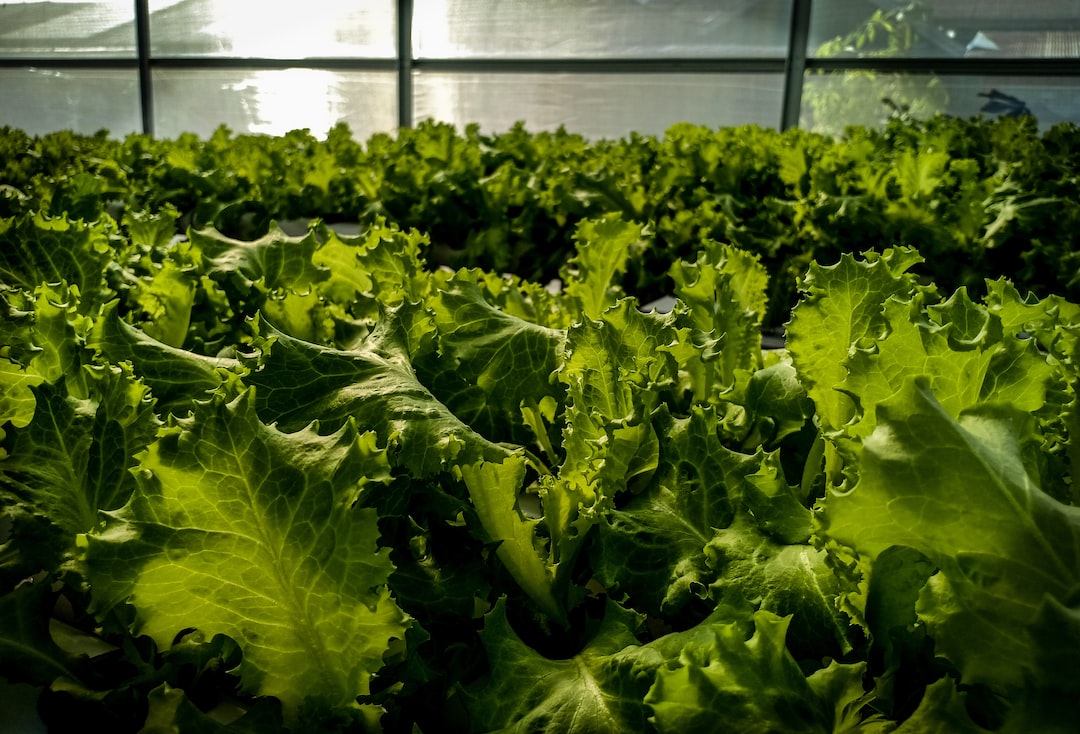The Art of Cooking with Fresh Herbs: Tips and Techniques
When it comes to enhancing the flavor and aroma of your dishes, nothing beats the use of fresh herbs. Herbs are nature’s little powerhouse of flavors, and incorporating them in your cooking can transform a dull dish into a culinary masterpiece. Not only do they add fragrance and taste, but they also provide essential nutrients that promote good health. In this blog post, we will explore the art of cooking with fresh herbs, along with some tips and techniques to make the most out of these vibrant ingredients.
One of the first things to consider when using fresh herbs is proper handling and storage. As delicate ingredients, herbs need to be treated with care to preserve their flavors. When purchasing, choose herbs with vibrant colors and fragrances. Avoid wilted or discolored leaves, as they indicate poor quality. To store fresh herbs, dampen a paper towel, wrap them loosely, and place in a plastic bag. Keep them in the refrigerator, preferably in the vegetable drawer, where they can last for up to a week.
Another crucial aspect of cooking with fresh herbs is understanding the power of proportion. Different herbs have various intensities, and mixing them properly is key to achieving a balanced flavor profile. Start with mild herbs like parsley, basil, or chives as your base and then gradually introduce stronger herbs like thyme, rosemary, or tarragon. Experiment with different combinations and find what works best for your taste buds.
When it comes to using fresh herbs in cooking, timing is everything. Delicate herbs like parsley, cilantro, or dill are best added at the end of the cooking process to preserve their flavors and textures. On the other hand, heartier herbs like thyme, rosemary, or sage can withstand longer cooking times and are typically added in the beginning to infuse their essence into the dish. Keep in mind that prolonged cooking can diminish the vibrant colors of herbs, so incorporating them towards the end of the cooking process can help maintain their visual appeal.
To maximize the flavor impact of fresh herbs, consider different cooking techniques. For example, you can infuse oils or butter with herbs by gently heating them together. This allows the oils to absorb the herb’s flavors, resulting in a fragrant and versatile ingredient you can use as a drizzle, marinade, or dressing.
If you’re looking for a way to preserve the flavors of your favorite herbs, try creating herb-infused vinegars. Simply combine a selection of herbs with vinegar and let it sit for a couple of weeks. This will infuse the vinegar with the herb’s aromas, providing a tangy and refreshing addition to your recipes.
Finally, don’t be afraid to think outside the box when using fresh herbs. While they are commonly associated with savory dishes, herbs can also complement sweet treats. For instance, mint leaves can add a refreshing touch to desserts like chocolate mousse or fruit salads. Basil can elevate the flavors of ice creams and sorbets, while rosemary can infuse honey for a unique twist on your morning toast. The possibilities are endless.
In conclusion, cooking with fresh herbs is an art that can transform your culinary creations. By properly handling, storing, and using herbs, you can make the most of their vibrant flavors and fragrances. Experiment with different combinations, cooking techniques, and even incorporate herbs in unexpected dishes. Let your taste buds guide you and unleash your creativity in the kitchen. Enjoy the magic that fresh herbs bring to your table!

